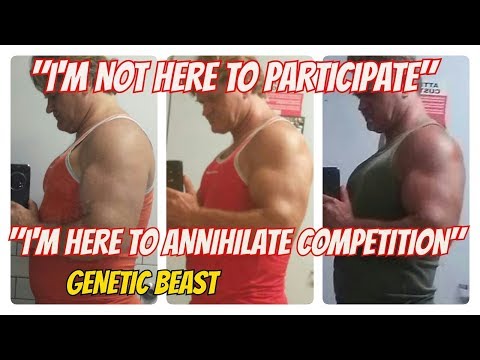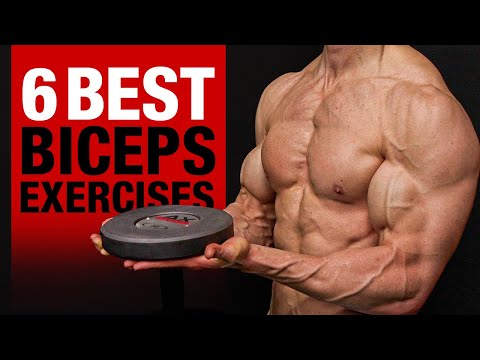
A proposed second mode of muscular hypertrophy is known as sarcoplasmic hypertrophy. Sarcoplasmic hypertrophy is the result of increases in fluid and noncontractile components that comprise muscle. This form of hypertrophy, which has been observed in bodybuilders, may be the result of a specific training stimulus
“If the muscle adapts to the injury from eccentric exercise with an increase in sarcomere numbers in muscle fibres, what implications does this have for muscle-tendon relations? We have tried to model this situation (Fig. 5).”
Some Myoblasts Persist as Quiescent Stem Cells in the Adult
Even though humans do not normally generate new skeletal muscle fibers in adult life, the capacity for doing so is not completely lost. Cells capable of serving as myoblasts are retained as small, flattened, and inactive cells lying in close contact with the mature muscle cell and contained within its sheath of basal lamina (Figure 22-44). If the muscle is damaged, these satellite cells are activated to proliferate, and their progeny can fuse to repair the damaged muscle. Satellite cells are thus the stem cells of adult skeletal muscle, normally held in reserve in a quiescent state but available when needed as a self-renewing source of terminally differentiated cells. Athletes who specialize in muscular strength often damage their muscle fibers and are thought to depend on this mechanism for muscle repair, resulting in regenerated fibers that are often highly branched
_______________________
When you lift a heavy weight, what you’re really doing is creating micro-tears in your muscle fibers. The muscles then have to repair themselves and when they do, they get [ stronger ], which results in muscle growth “only if your damaging them and your not adapted from doing so” …






